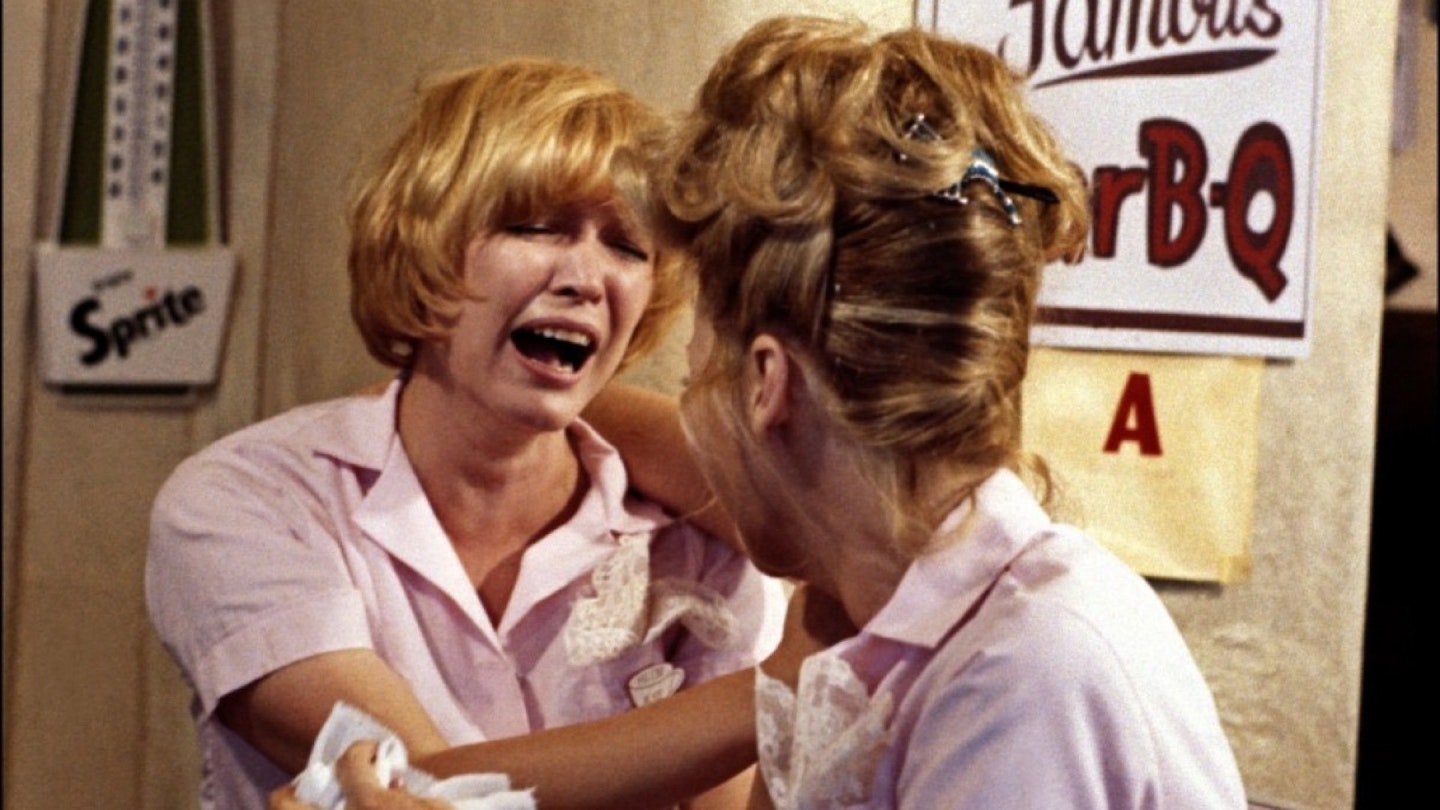An odd item in Martin Scorsese's filmography since its main character is neither Italian‑American nor a man played by Robert De Niro, this is nevertheless one of his major works. Scripted by Robert Getchell, it has a mildly feminist streak in its attempt to show a woman cast adrift by the death of her boorish trucker husband (“Green” Bush) and struggling to make her own decisions.
Ellen Burstyn, a deserved Oscar winner, is the young‑ish widow, managing heartbreak and falling-down humour in the same scene. The scenes with her irreverent, annoying, amazingly credible son are especially priceless – there’s a masterly improv on one of the many long driving to nowhere sequences as the boy tries over and over to tell her a joke (‘Shoot the dog! Shoot the dog!’) she stubbornly doesn’t get (watch her face crumple as he starts up again).
Harvey Keitel imports the Scorsese touch, albeit with a scorpion bolo tie and a convincing Western accent, as a suave suitor who turns violent when thwarted, while Kris Kristofferson, with white streaks in his beard, is an interesting take on the Ideal Man as caring but not soft-headed.
The son's unconventional girlfriend is a very young, already-outstanding Jodie Foster (‘weird!’) and the feisty waitress who clashes with then warms up to Alice is Diane Ladd (look out for her little daughter, Laura Dern, eating ice-cream during the final scene). Alternating gritty realism and red‑hued fantasy, this is one of those '70s films that wears well, universal in its heart while picking out specifics which are exactly of their time.

